Saddula bathukamma is a floral festival celebrated by women in Telangana, India. It is usually celebrated a day or 2 days before Dasara. Here is a list of offering to goddess Gauri and it is a norm to prepare 3, 5 or 9 varieties of pasadam.

Table of contents
What is Bhathukamma?
Bathukamma is a festival women celebrate in Indian state of Telangana. It is a nine day festival, starting on Bhadrapada amavasya and concludes on Durga ashtami in Ashwayuja masam (month), which usually falls in September - October. The last day of the festival is saddula bathukamma or pedha bathukamma.
Saddula bathukamma is one evening, when all the female folk is on the streets celebrating the festival and men are at home or indoors. This is one of my favorite festivals growing up and it is a visual treat to see beautifully dressed women in colorful traditional attire at one place with colorful bathukammas. The sight is even more colorful in villages and towns where it is celebrate with lot more enthusiasm.
How is it celebrated?
Girls and women, especially married women celebrate this festival and the goddess is Gauri. While most of India celebrates navratri, in Telangana we celebrate goddess Gauri in the form Bathukamma.
Every evening Bathukamma is arranged on a plate with layers of colorful flowers. In the evening women and girls sing and dance around the bathukamma. Later, it is immersed in a water body. This is the ritual everyday except on day 6. On day 6, there is no bathukamma and no prasadam.
Saddula Bathukamma
On the last day, the celebrations are on a larger scale. It is a farewell to goddess until next year. Bathukamma is arranged in a wide plate, in multiple layers of colorful flowers. Depending on availability of flowers and ones interest, it can be as tall as 3-4 feet.
In the evening, girls and women dress up beautifully in traditional attire, gather at one place in their neighborhood, place bathukamma in the middle and dance/play around it singing bathukamma songs.
Bathukamma songs are folk songs, usually about the day to day lives of women and their plights. These songs reflect both the happy moments and some challenges they face in their everyday life in different roles; daughter, sibling, spouse, wife, daughter-in-law.
Later, bathukamma is immersed in water; a pond, lake, river or a reservoir. After the bathukamma is immersed in water, women distribute prasadam among themselves.
Prasadam
Prasadam is naivedyam or offering to goddess. It is one variety a day. Some families follow a strict pattern and some do not. Most of the variety is simple and easy to prepare.
Daily prasadam
- Pesaru garelu ~ moong dal vada - in some families it is customary to prepare garelu on amavasya (no moon day), the first day of the festivities.
- Sesame + sugar/grated jaggery.
- Poha (beaten flat rice) + sugar/grated jaggery .
- Fried gram (putnalu ~ dalia) + sugar/grated jaggery
- Murukulu - any variety
- Attlu or crepes.
- Any of the laddu or laddu mixture from the pedha bathukamma laddu list below.
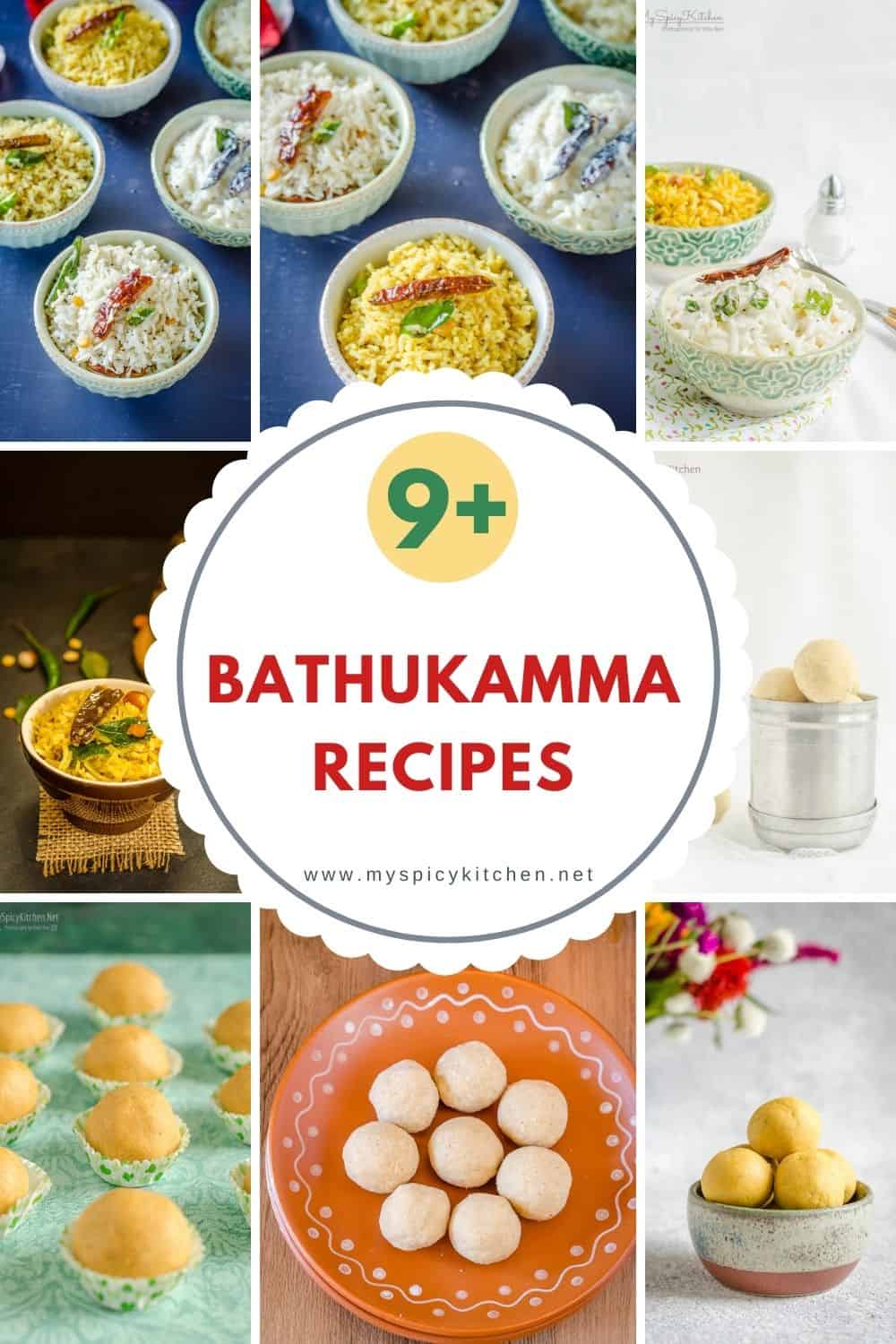
Saddula Bathukamma Prasadam
Prasadam for saddula bathukamma varies from region to region. It is usually 3, 5 or 9 varieties of saddulu or prasadam depending on the family tradition. The variety varies from region to region. These prasadam(lu) (plural) are also called saddulu.
In Karimnagar region, it is different variety of powders or muddalu (laddu) prepared with lentils and grain, with sugar as a sweetener. Apart from these, pulihora, daddojanam and cucumber pieces are mandatory. In Warangal and other parts of the state, the norm is 5 different varieties of rice preparations.
Lentils, Grains and Seeds Saddulu
Lentil and grain laddu or pindi (laddu mixture) are prepared with regionally grown ingredients. In Telangana we use sesame seeds a lot and one of the saddi is a mixture of roasted sesame seeds with sugar/jaggery or a mixture of sesame seeds powder with sugar/jaggery.
Lentil saddulu are moong dal and chana dal laddu. Urad dal was not a common ingredient in Telangana kitchens decades ago as is was not a common crop in the area. However, the health benefits of the dal conquered the kitchens of the region. These days it is included in saddula bathukamma prasadam list.
Common grains for saddulu are rice and wheat. Again, you can shape these into laddu or keep them in powder form. Just like lentils and rice laddu(lu), dry roast wheat, make a powder, mix it with powder sugar, cardamom powder and shape into a laddu using ghee as a binder.

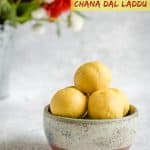
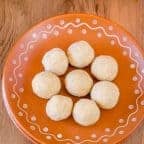
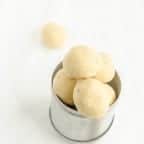
Flavored Rice Saddulu
As mentioned earlier, in some parts of Telangana, it is five varieties of rice dishes or saddulu. These could be any rice dish. Most common varieties are chintapandu pulihora, nuvvula annam, kobbari annam, daddojanam and paramannam.
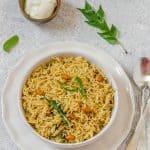
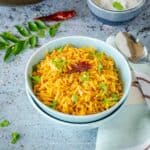

I do not have recipes kobbari annam and paravannam on the blog yet, but these are an easy preparation. Cook rice and keep aside. In fact, you can cook sufficient rice for all the 5 rice dishes at once. Take it in separate containers and go ahead with individual preparations.
Kobbari annam
In a pan take oil for tadka. Add mustard seeds, cumin seeds, urad dal, chana dal, curry leaves and green chilies. Then add grated coconut and fry for a minute or two, turn off the flame, add rice, salt and mix everything well.

Paravannam
Cook rice very soft and mushy. If you batch cooked the rice, take rice in a pot and put it back on stove with some extra water. Cook until rice is really soft and mushy. Add jaggery, about 1:1 rice to jaggery (or little less) ratio and cook until jaggery melts and comes together.
Roast cashews and raisins in ghee in a separate pan and pour over rice mixture, sprinkle some cardamom powder. Mix everything. Color of paravannam depends on the color fo jaggery you use. Darker the jaggery, darker the pravannam is.
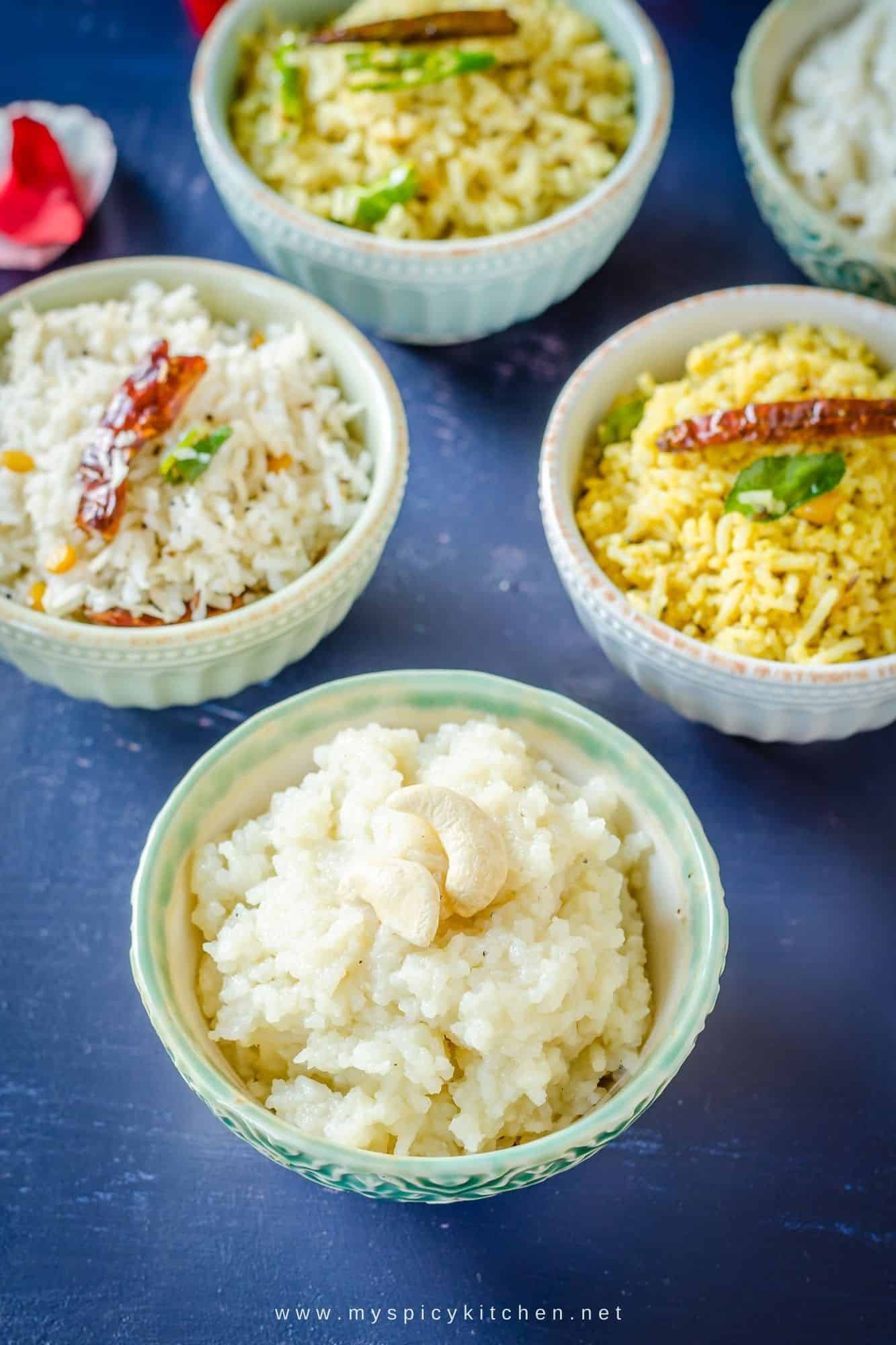
Other rice dishes to consider are palli annam (peanut rice) and aava annam (mustarded flavored rice). These are not common rice varieties in our household but some of my friends prepare as one of the saddulu. Usually tamarind pulihora is the norm but you can also prepare nimmakay pulihora. For fusion recipe, how about carrot nimmakaya pulihora?

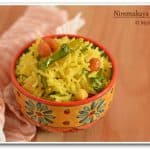
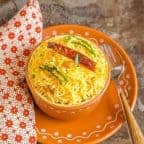
Wish you all a happy Bathukamma, Navaratri and Dasara!

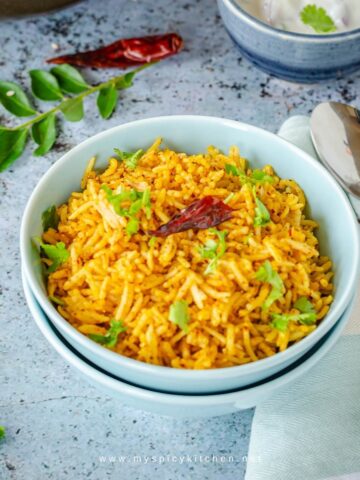


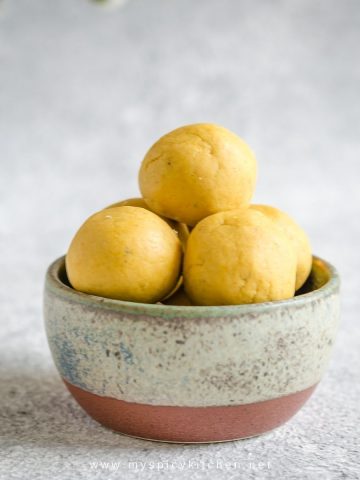
Sandhya Ramakrishnan says
It was absolutely marvelous reading about the traditions of Bathukamma. I have a friend who talks about it all the time, but I never got to know much about it. And the recipes look perfect to make for any festive occasion.
Chef Mireille says
Never knew of this festival. This was so informative learning about the festival and how it is celebrated. I can't wait to go through all the recipes and try them all!
Pavani says
Beautiful Bathukamma post Usha. Thank you for sharing about the festival and the yummy recipes to make during it. I am going to save this post for next year's festival.
Harini-Jaya R says
I have never prepared 5 rice dishes as part of a festival thali. And it was good to know about the tradition of Saddula Bathukamma
gayathriraani says
We do make variety rice for many festivals here. All these dishes surely have a place in that festive thali. This looks so inviting and feeling nostalgic..
Rajani Harish says
Lovely spread Usha. The thali is indeed festive 🙂
Nalini says
One of my favorite thali,we do make variety rice Thali for so many festivals..
Kalyani says
Wow ! That surely is a treat.... I love flavoured rice in most forms 🙂
Vaishali says
Omg ! Five variations of rice ! What a super treat , would love to dig in .
Kudos on these amazing thalis.
Priya Suresh says
Festival thali is always the best and those variety rices are my kind of foods, mouthwatering here.
cookingwithsapana says
That is indeed an exotic looking festive thali . All of the rice bowls looks so scrumptious. Nicely presented too.